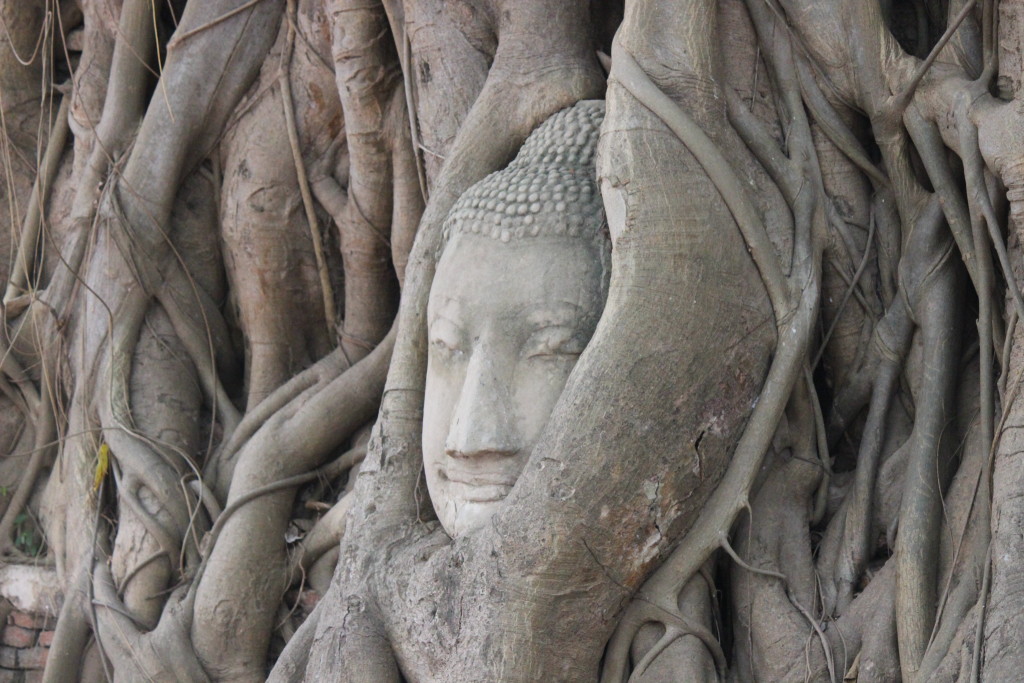What does it mean to be alive? All around this vast earth, every human and every culture asks this question. The diversity of languages, religions, traditions, stories, and artwork is an attempt at an answer. Whether traveling across the world or exploring our own backyards, tapping in to the collective wisdom is a vital part of our own journey.
 Wade Davis defines the ethnosphere as “the sum total of all thoughts and dreams, myths, ideas, inspirations, intuitions brought into being by the human imagination since the dawn of consciousness.” This ethnosphere, or the collection of the world's diverse cultures and peoples, is “humanity's great legacy… the symbol of all that we are and all that we can be as an astonishingly inquisitive species.” Over the course of my life and the humbling privilege it has been to travel, to expand my sense of what it means to be alive, it is increasingly evident that this diverse ethnosphere is vital to our collective well-being.
Wade Davis defines the ethnosphere as “the sum total of all thoughts and dreams, myths, ideas, inspirations, intuitions brought into being by the human imagination since the dawn of consciousness.” This ethnosphere, or the collection of the world's diverse cultures and peoples, is “humanity's great legacy… the symbol of all that we are and all that we can be as an astonishingly inquisitive species.” Over the course of my life and the humbling privilege it has been to travel, to expand my sense of what it means to be alive, it is increasingly evident that this diverse ethnosphere is vital to our collective well-being.
In this vein, and as we allow Davis’ words to awaken our own inner imaginations, I invite us to ponder where the diversity of thoughts and dreams resides. Yes, it can be as far as the temples of Angkor Wat, amidst the busy streets of Kolkutta, or in the presence of a leatherback sea turtle on a Costa Rican shore. We often travel great distances in search of this diversity of experience and perspective.
I also wonder what wisdom may be discovered by directing an inquisitive gaze homeword.
What are the various languages that have been spoken within this country, the myriad explanations of our existence that have been put forth? Do we really have to go so far from home to discover a perspective different from our own?

In remembering the roots of the United States' formation, we recall the existence of the First Peoples, representing an immense diversity of ways of being, interdependent with the surrounding natural resources. The arrival of Europeans marked the beginning of a painful history of the First Peoples being pushed off their land and large portions of these populations who died. Through all of this, and a long history of many broken treaties and policy shifts, there presently exist 566 federally recognized tribes, all of whom stand as Sovereign Nations. In the complexity of our present world, there are no stereotypes that fit, and no ways to directly write about what the presence of these Indigenous groups entails, though there are certainly a plethora of talented Native American authors to share their perspectives. Rather than stereotypes or assumptions, there are conversations to be had, roads to be traveled, and – most importantly – a willingness to reconsider our own understanding of what it means to be alive… all of this which is possible to explore within the fabric of this very land which sustains our lives. The courage to welcome the questions, to face this country’s history with humility and grace, is equally as powerful as any in the call to explore our deepest human questions.
Amanda Rader is the Program Director of Carpe Diem Edcuation's Indigenous America semester. As she explores the questions of cultural wisdom and what it means to be a part of the ethnosphere, she can be found traveling the globe, at the Carpe Diem Headquarters in Portland, or exploring and rooting in the American Southwest.
